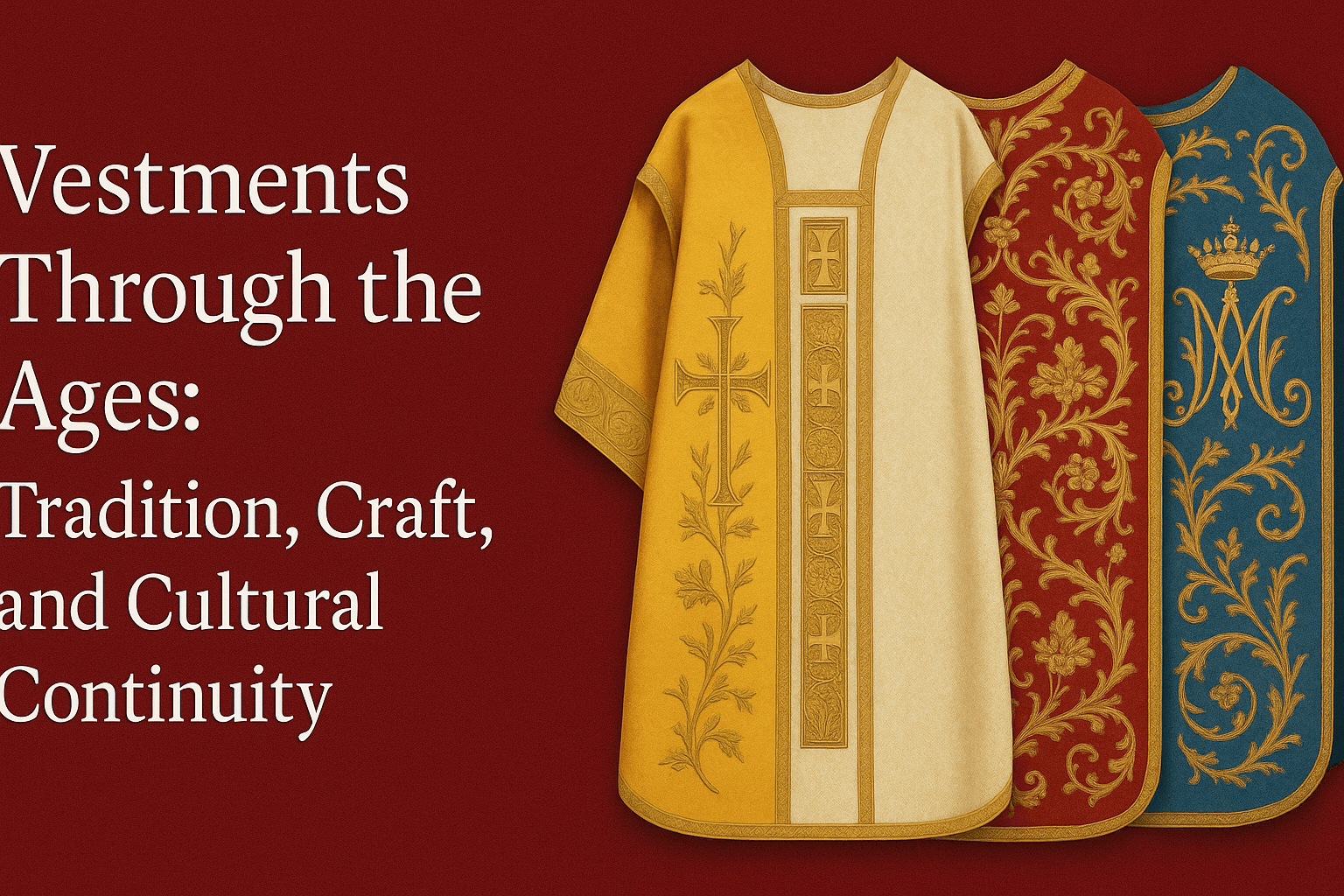by the Archaeologist Editor Group
During digs in the German city of Nördlingen, a bronze sword that is over 3,000 years old was found by archaeologists. The discovery was made public by the Bavarian State Office for the Preservation of Monuments in a press release. The sword was discovered among the ruins of burials, weapons, and the bodies of a kid, mother, and man. What kind of connections these individuals may have had to one another are yet unknown.
The sword is entirely constructed of bronze and has an octagonal blade and hilt. Due to the hilt being cast on top of the blade, making octagonal swords requires complicated technology (called applied casting).
Photos by Dr. Woidich
During the Bronze Era, decorative artifacts were made using the applied bronze casting method. It entailed layering premium bronze over a less expensive metal or clay core. This made it possible for artisans to produce intricately detailed artifacts without having to use a lot of costly bronze.
A core with the desired shape had to be made, and that core had to be covered in clay. The required pattern was then carved out of this clay, producing a negative mold. The cut-out pattern was filled with molten bronze as it was poured into the mold, creating a thin coating on top of the core. The bronze piece was taken out of the mold after cooling and hardening, and the clay core was also taken out.
Photos by Dr. Woidich
A vast range of items, including jewelry, weaponry, and everyday items, were made using applied bronze casting. The Mycenaean culture made extensive use of this method, which was particularly well-liked in the eastern Mediterranean. Applied bronze items from this era are represented in museums all around the world.
We can certainly presume that this was a real weapon despite the meticulous craftsmanship and lack of impact marks. A balance that leans more toward stabbing is indicated by the center of gravity at the front of the blade.
Investigative work is being done to determine whether the sword was produced in Bavaria or imported. In the Bronze Age, there are three major distribution hubs for this sort of octagonal sword: one in southern Germany, two in northern Germany, and one in Denmark.
In the north, certain octagonal swords may be genuine imports or the creation of "itinerant craftsmen," while others may be imitations of southern German designs, according to a comparison of casting techniques and embellishment.
The director of the Bavarian State Monument Protection Office, Matthias Pfeil, stated: "In order for our archaeologists to classify this find more properly, the sword and the burial remains must be investigated. Yet we can already state that the situation is extraordinary! Such a find is really rare!"









